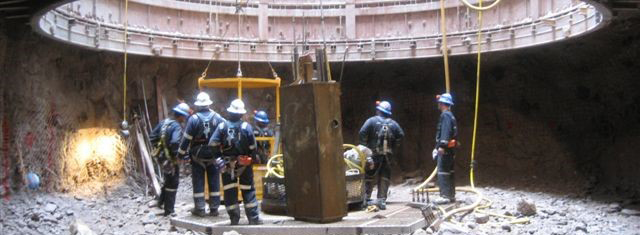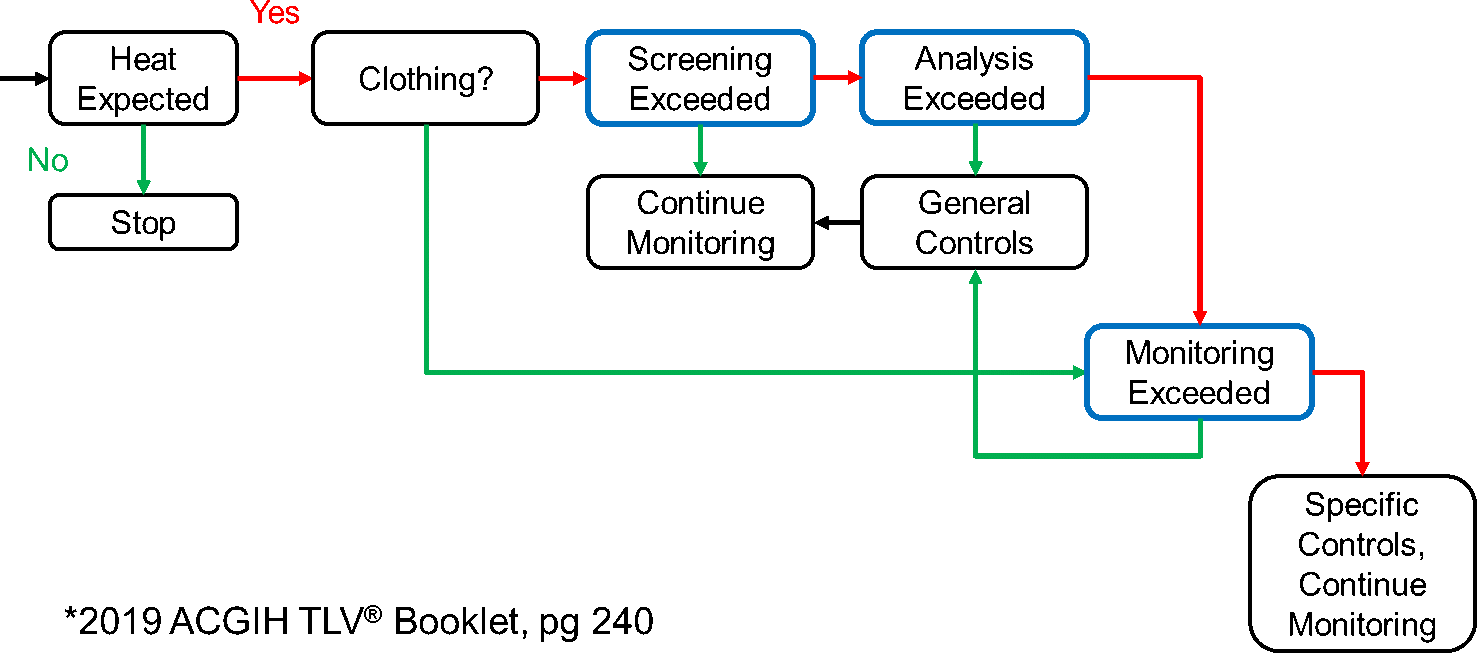
Many mining operations are located in climate zones where heat stress or cold stress are routine issues. Even in relatively cool or cold climates workers may be subjected to heat stress from process heat in enclosed modules or from working in confined spaces with heavy protective gear.
Determining whether thermal stressors are present is an iterative and on-going process. For some work sites, standard job safety analysis may not be sufficient to capture the heat stress risks with suitable frequency. In this case, a formal program may be warranted.

According to the American Conference of Governmental Industrial Hygienists (ACGIH), the goal of a thermal stress program should be to maintain workers’ core temperature to within 1 degree Celsius of 37 degrees Celsius. Evaluating heat stress includes the use of ACGIH screening criteria (wet-bulb globe temperature, estimated metabolic rate, etc.), detailed analysis (such as by using the Predicted Heat Strain app, available for Android and iPhone), and biological monitoring (core temperature, urine specific gravity, sustained and recovery heart rate, etc.).

